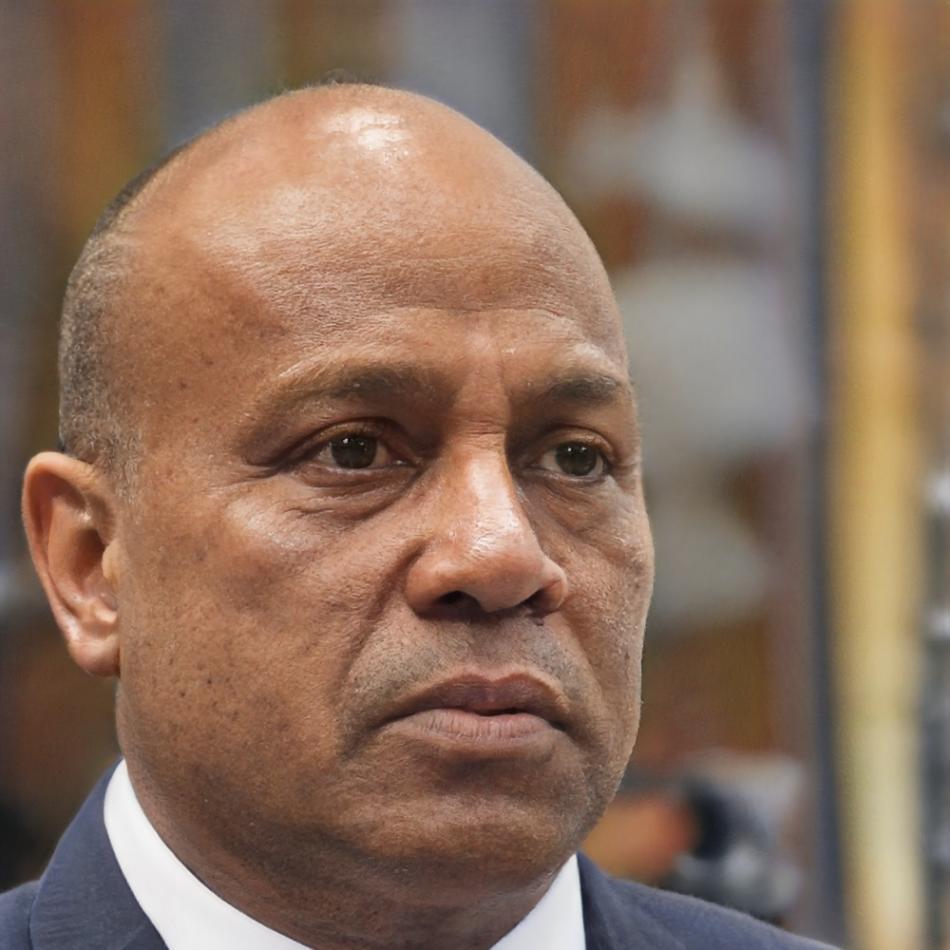
Luka Mirosevic
Lead InstructorSpent eight years designing interfaces for mid-tier mobile games before switching to education. Still consults occasionally, which keeps the curriculum current. Big fan of player behavior analytics.
 Planningex
Planningex
Why does game UI training feel so disconnected from what players actually experience? That question changed everything for us. Now we're building something different here in Makarska.
Three years ago, we noticed designers coming out of programs with impressive portfolios but zero understanding of how real players interact with game interfaces. Beautiful mockups that would frustrate actual users within seconds.
So we changed our approach. Instead of teaching design theory first, we start with player psychology. What makes someone tap that button? Why do certain layouts feel intuitive while others create confusion?
Our autumn 2025 cohort reflects this shift. Students spend their first month just playing games and documenting their reactions. Sounds unconventional, but it works.

You can't design a good shop interface without understanding player motivation at that exact moment in their gaming session. Technical skills come second to contextual awareness.
Mobile screens are small. Fingers are imprecise. Networks lag. We teach design within these limitations, not despite them. Your work needs to function in reality.
First versions rarely work well. That's expected and fine. Our programs allocate proper time for testing, feedback, and refinement cycles that mirror actual development.

Spent eight years designing interfaces for mid-tier mobile games before switching to education. Still consults occasionally, which keeps the curriculum current. Big fan of player behavior analytics.

Handles the technical implementation side. Helps students understand what's actually feasible within game engines and how design decisions affect performance. Practical knowledge matters here.


